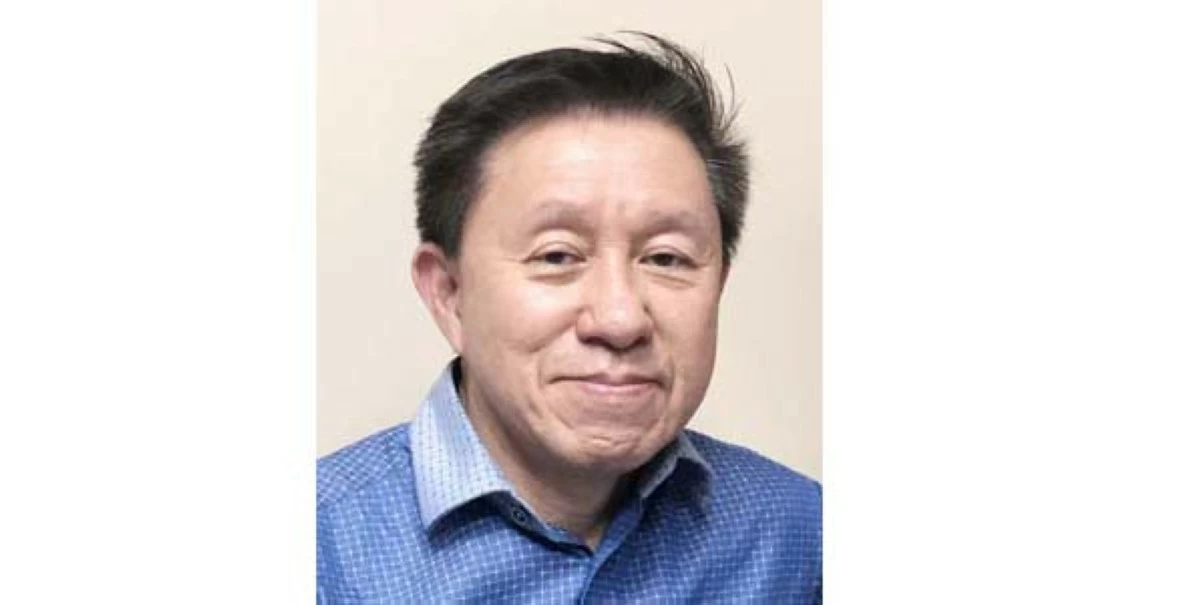
Upgrade to High-Speed Internet for only ₱1499/month!
Enjoy up to 100 Mbps fiber broadband, perfect for browsing, streaming, and gaming.
Visit Suniway.ph to learn

UNDER THE MICROSCOPE
Breast cancer is the most common malignancy in Filipinos, outranking lung cancer even as it primarily affects women (men do develop breast cancer but rarely). It is the second leading cause of death from cancer. Fifty-five percent of cases are diagnosed late, due to embarrassment and modesty of having their breasts examined, the expense of seeking medical care or simply lack of access to it.
Once a breast lump is detected, by the patient or her doctor, radiologic imaging via breast ultrasound and/or mammography can stratify the risk of malignancy. But only a tissue biopsy can make the definitive diagnosis, making the pathologist, who examines the biopsy material grossly and microscopically, the final arbiter.
It is not as simple as it seems. Pathologists spend four years to be proficient in making histopathologic diagnoses. Only after one is board-certified can he/she be allowed to practice. Many cases are straightforward and the few more challenging cases may require the expertise of a breast pathologist.
The journey of a tissue biopsy is not that simple either. It requires a series of steps that must be done correctly to optimize the histologic diagnosis of breast cancer, or any type of cancer for that matter.
The single most important step is the proper preservation of the tissue biopsy called fixation. It requires that the tissue be preserved in 10 percent neutral buffered formalin (NBF) in a ratio of at least 10 volumes fixative to one volume tissue (10:1 ratio) within an hour (cold ischemia time) to prevent breakdown (autolysis) of the cellular material.
Yet, this simple act of immersing the tissue in 10 percent NBF may not be routinely followed. The biopsy material in a pan on the operating table/tray while the surgeon finishes stitching up the patient. Then, he/she may, what some describe as traditional Filipino culture, show the patient or her family what it looks like, like a trophy. Only then will the biopsy material be immersed in fixative.
Unfortunately, by that time, the tissue will have undergone a significant degree of autolysis affecting the histopathologic diagnosis. Even more critically, the autolysis may render the tissue unsuitable for more advanced testing such as immunohistochemistry and molecular diagnostic techniques.
When diagnosed early and properly, breast cancer can be cured. In more advanced cases, the latest advances in molecular targeted therapy can produce prolonged remissions sans the debilitating effects of traditional chemo/radiotherapy.
Thus, it is imperative that we change this “culture” of showing the biopsy material to the patient/relatives, for the sake of the patient herself (this applies to all biopsies, not just breasts). Simply taking a photo of the specimen to show later and immersing the tissue in fixative immediately can satisfy the desire to exhibit the material taken out and at the same time, properly preserve it for accurate diagnosis.
Another source of delay is when the tissue is too large to immerse in fixative properly due to lack of containers that can satisfy the 10:1 ratio. The tissue/organ is then left in the OR until the attendant (manong) gets around to bringing it to the laboratory. This may be much later after the surgery. Often, the laboratory is the manong’s last stop, thus incurring more delay in fixation.
Once the tissue is in the histopathology section of the laboratory, the pathologist will ensure the proper fixation of the tissue. If the specimen is a mastectomy (entire breast), it has to be sectioned/sliced open for the formalin to penetrate properly into the tumor for at least overnight to preserve cellular details for the pathologist’s microscopic examination.
After examining tissue sections cut from the breast tumor under the microscope, the pathologist can then issue the diagnosis of malignancy accurately and sub-classify the cancer.
For breast cancers, ER/PR (estrogen/progesterone receptors) and her-2 (Human epidermal receptor-2) immunohistochemistry are routinely tested as a Breast Panel (ER/PR/her-2). The results of this testing will dictate whether the patient gets hormonal therapy or trastuzumab-deruxtecan, an antibody-drug conjugate that has been found to be effective for tumors with low levels of her-2 expression.
Again, proper fixation and handling of the tissue is of utmost importance to obtain the maximum information on what to treat the patient with.
We, pathologists, are often at the mercy of factors beyond our control in making sure the tissues we examine are preserved properly, and suffer the difficulty of making a proper diagnosis. But the patient is the ultimate victim if something goes wrong in this chain of events.
So, please, be as pro-active as you can be as a patient. Armed with the information herein, insist that your tissues are handled and fixed/preserved properly in the appropriate cold ischemia time (less than an hour) in 10 volumes of 10 percent Neutral Buffered Formalin (NBF). It’s your life on the line. Take charge of it.




